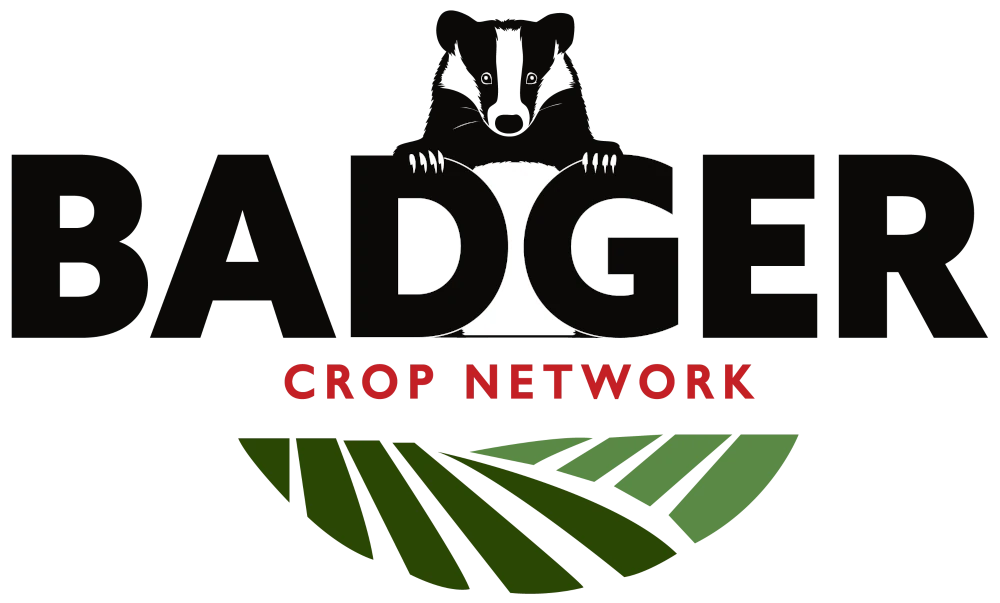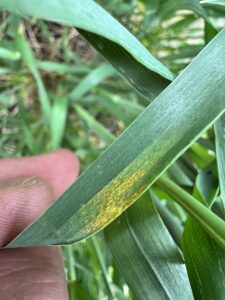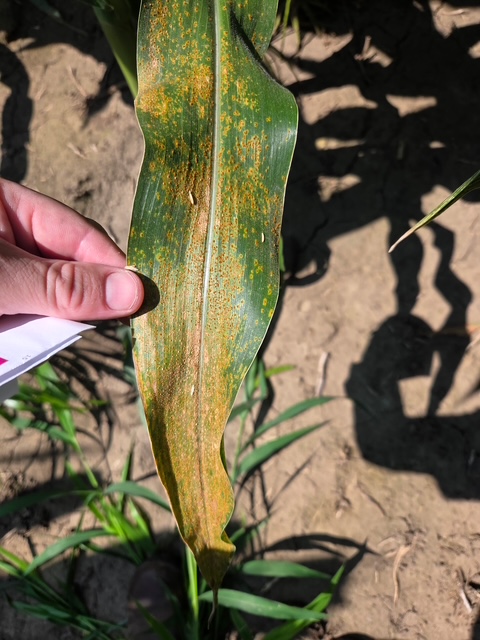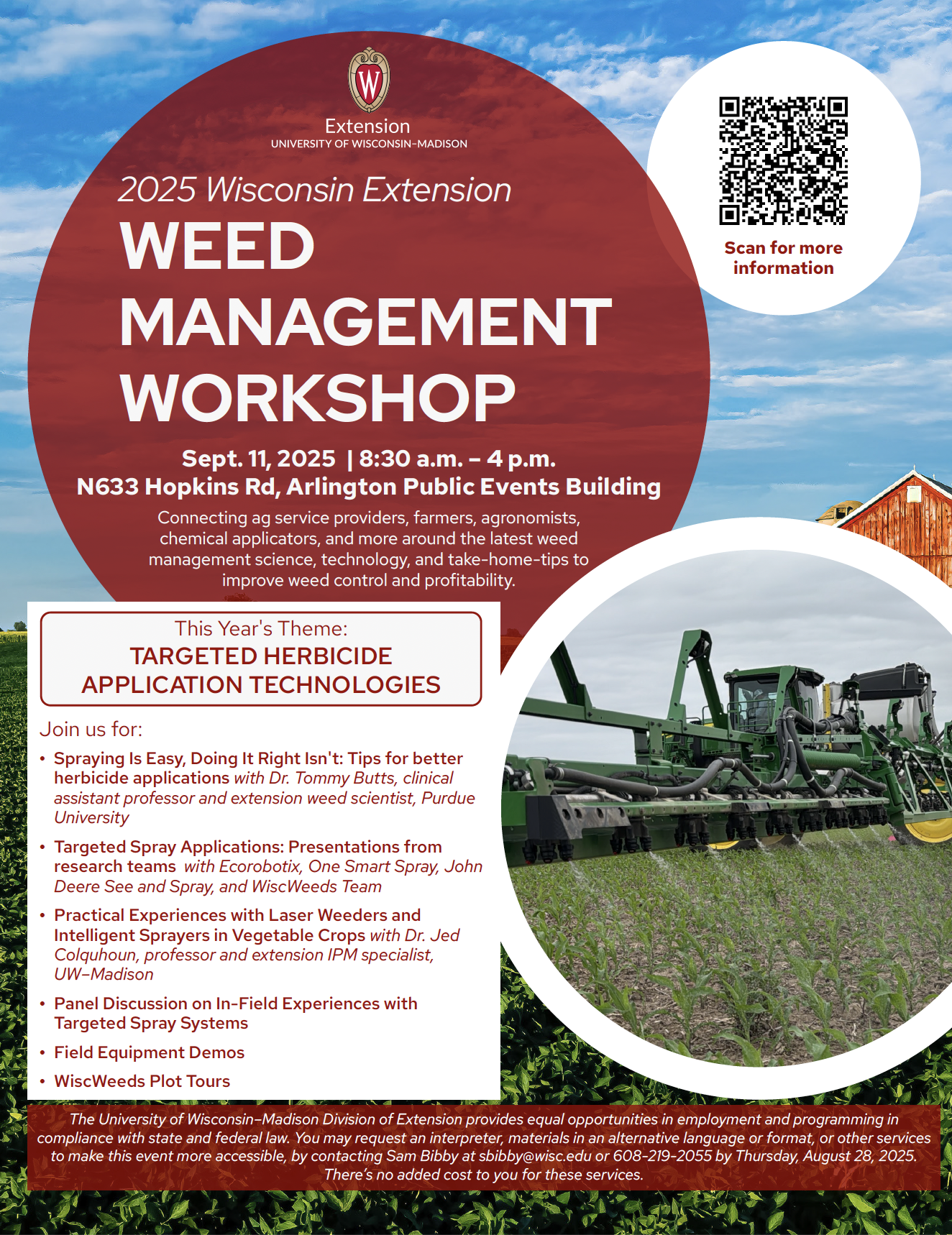Damon Smith, Extension Field Crops Pathologist, Department of Plant Pathology, University of Wisconsin-Madison
Shawn Conley, Extension Soybean and Small Grains Agronomist, Department of Plant and Agroecosystem Sciences, University of Wisconsin-Madison
The Stripe Rust Situation
With cooler weather and recent rains, we have our first confirmation of stripe rust for 2025 in Wisconsin (Fig. 1). This was on the known susceptible variety, Kaskaskia, at the Arlington Ag Research Station. Wheat in this field is currently at Feekes 10.4 (head ¾ emerged) and will receive a fungicide application next week once Feekes 10.5.1 (anthesis) is reached. Stripe rust is favored by prolonged periods of rain (or dew), high relative humidity, and cool temperatures ranging from 50 to 60 ºF. Now is the time to scout for stripe rust, especially as we approach the heading and anthesis times across the state. We will continue to monitor the situation and you can check for the latest stripe rust progress by visiting the Wheat Ag Pest Monitor website to view the stripe rust map (Fig. 2).
The Fusarium Head Blight Situation
We are entering the critical time to manage Fusarium head blight. The current Fusarium Risk Tool Map has Wisconsin generally at low risk with pockets of medium to high risk especially near Lake Michigan (Fig. 3). Looking ahead to the forecast, increased heat with more frequent rain events will likely push this risk higher, especially on winter wheat varieties that are susceptible to Fusarium head blight. Now is the time to prepare to make a fungicide application on winter wheat.
When it comes to fungicides for FHB, there are really just five products to choose from that are rated as “Good” on the “Fungicide Efficacy for Control of Wheat Diseases” table. Timing is everything when using a fungicide for FHB management. Be sure to time applications at the start of anthesis or within 5-7 days after the start. This is the ideal window of opportunity to control FHB and reduce DON levels in the finished grain. Spraying earlier than anthesis or later than about a week after the start of anthesis will result in lost efficacy, or no control of FHB. If you need help with growth staging, be sure to check out the “Visual Guide to Winter Wheat Development and Growth Staging.” Also, the fungicides rated “G” for FHB in the fungicide efficacy table are effective against stripe rust, so if that disease is found in your field at this time, a single application of fungicide should take care of both problems.
The ‘Take Home’ for wheat management over the next several weeks.
- Continue to scout for stripe rust. Know what you are trying to manage in winter wheat!
- Plan to apply an FHB fungicide application – especially on susceptible varieties
- Shoot for Anthesis or up to 5-days after the start of anthesis for the fungicides rated “G” for FHB in this table.
- All of the available fungicides rated for FHB are also effective against stripe rust. Thus, one fungicide can manage both problems!
- You can go slightly earlier (Feekes 10.5; Efficacy slightly reduced compared to typical timing) up to 5-days after the start of anthesis for Miravis Ace to manage FHB.
- Watch the “Scab Alerts” – it isn’t perfect but can help you plan (http://www.wheatscab.psu.edu).
